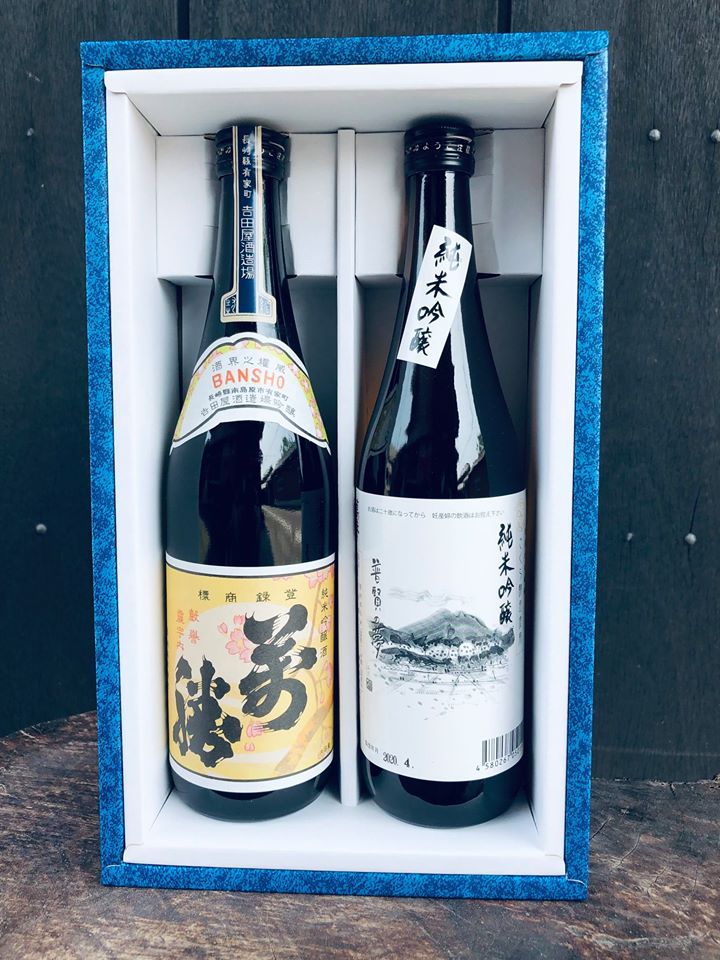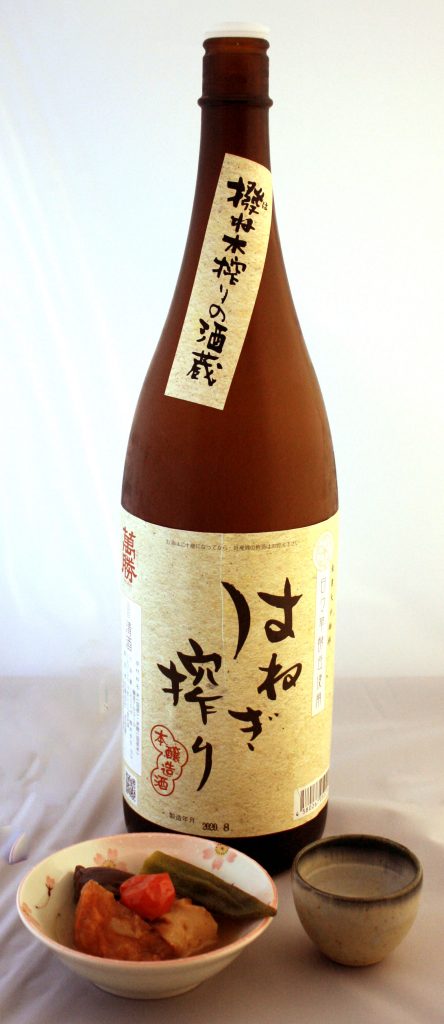
Sake review – Yoshidaya sake brewery
Yoshidaya’s history
Yoshidaya History Founded in 1917, Yoshidaya is a 4th generation Japanese Sake Brewery based in Nagasaki Prefecture. They brew their sake with an uncommon method called “Hanegishibori”. In addition, they also brew sake from koji yeast taken from various flowers in Japan. They pride themselves on being a smaller brewery that has room to explore various aspects of sake-making.
Characteristics of the sake: The sake of Yoshidaya is made with the famous water from the southern part of Shimabara Peninsula, extracted from a subterranean river that runs beneath the area. The rice used is all domestic, with some bottles made completely from Yamada Nishiki Rice grown in Nagasaki Prefecture. I had a chance to taste 2 bottles from Yoshidaya, first was their staple “Hanegishibori” a Junmai Ginjo, and the second was “Bansho” a Junmai Daiginjo.
Hanegi Shibori
Hanegishibori is brewed from a koji yeast derived from the Dianthus flower, a plant that is very often grown for its pretty pink flowers. The rice used is domestic Japanese rice which is polished down to 60%, resulting in a sake that is 14-15% alcohol content. The sake is clear, with no visible yellow tones. The aroma is faintly sweet, similar to cut Japanese pear. This is also reflected in the flavor, which is sweet and mild, with a Japanese Pear fruitiness/acidity that lingers on the tongue for only a brief instance. This sake leans more to the dryer side of sweet sake. It is a clean and easy to drink Sake that would pair well with mild cheeses as well as lightly pickled vegetables. I paired this sake with mozzarella cheese drizzled with peppery olive oil and a sprinkling of salt, which played very well with the sweetness of the sake. I would imagine that some prosciutto would also pair well with this sake.
Bansho is brewed from a koji yeast named SA-2, derived from Sakura flowers, the Japanese cherry blossom. The rice used is Nagasaki-grown Yamadanishiki rice which is polished down to 50%, resulting in sake that has a 17% alcohol content. Immediately on the nose, the aroma of the sake is clean, with no obvious strong floral or sweet notes. On the palate, we are met with an initial hit of alcohol which quickly gives way to a robust acidity. The flavor quickly dissipates, leaving a fresh sensation in the mouth. This is a sake that is dry and hardy, which would pair well with Japanese dishes that contain preserved or fermented ingredients. Some Himono dried fish or grilled squid immediately come to mind – this sake would cut the heady aroma and fat of these seafood dishes very well. In terms of western food, I could see this sake working well with smoked and grilled foods that are not too aggressively seasoned – char-grilled pork chops or some grilled tuna for instance. Very different from the first Sake we tasted, but also easy to drink. In conclusion, from the Sake we tasted, Yoshidaya produces accessible, easy to drink everyday sake. The mild sweetness from Hanegishibori and the tart clarity of Bansho makes it easy to pair with a variety of foods not limited to Japanese cuisine.
I would definitely like to try some more unusual Sakes from this brewer if I have a chance to.





